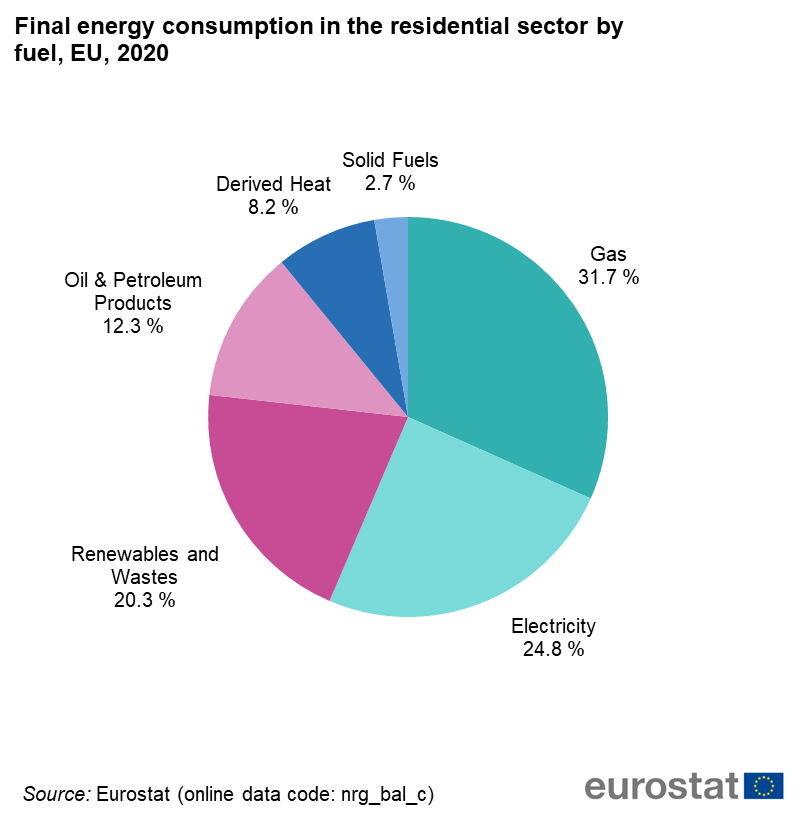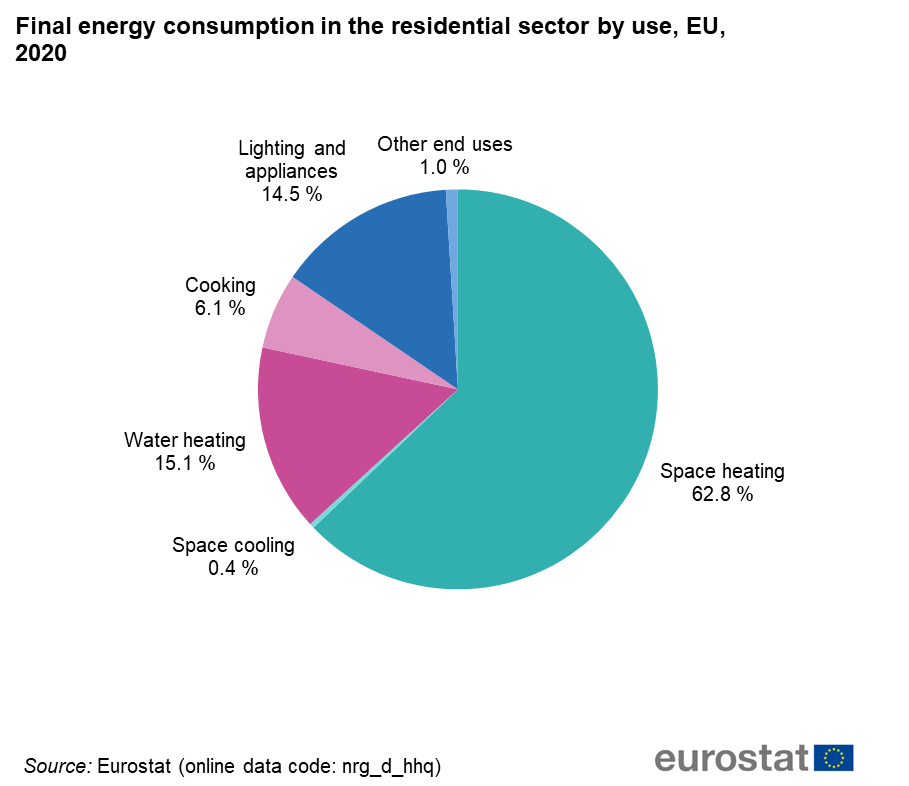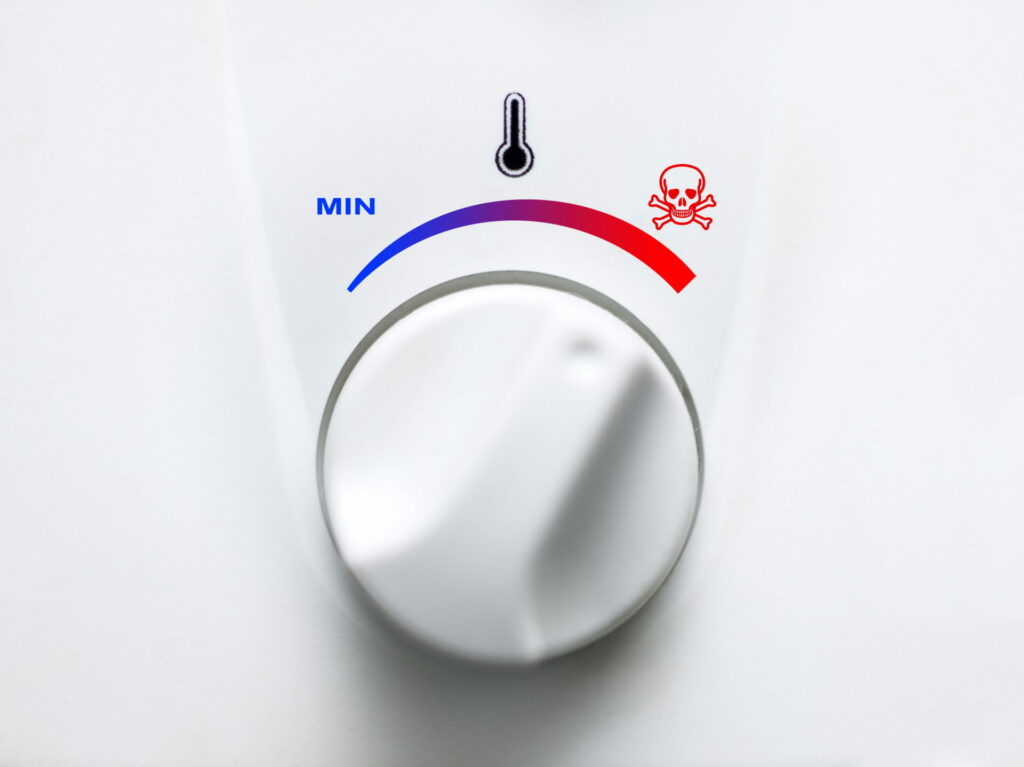Natural is the largest energy source for European households, accounting for 31.7% of final energy consumption in 2020, according to statistics published by Eurostat, the European Union’s statistics agency.
The statistic is worrying, given Europe’s attempts to wean itself off Russian gas supplies. If Europe wants to switch entirely away from Russian gas towards renewable energy, it will need to generate an additional 370 gigawatts of wind energy, according to the Columbia University Climate School.
Households accounted for 27% of final energy consumption in the EU. Of household energy expenditure, the majority was used for heating (62.8%).

Credit: Eurostat
Part of the plan to combat global warming involves decreasing the levels of standard heating within buildings, instead relying on heat pumps and solar panels. The Brussels government plans to cut greenhouse gas emissions by 47% in 2030 through greater building and transport regulations.
Belgium is more reliant on gas for its residential needs than the European average. 38.7% of Belgium’s final energy consumption came from natural gas in 2020, more than the EU average of 31.7%. An alarmingly high amount of energy is used by Belgians to heat their homes. In total 72.7% of energy is used to heat Belgian homes, the thirds highest in Europe.

Credit: Eurostat
A disappointing share of energy came from renewables and biofuels. In the EU, an average 20.3% of domestic energy consumption comes from renewables. In Belgium, this figure is just 8.3%. Belgium also uses the second-highest amount of energy from oil and petroleum products to generate household electricity, the data reveals.
Belgians predominantly use electricity for their cooking needs (68.6%), but heat their water (51.8%), and homes with gas (44.1%).

